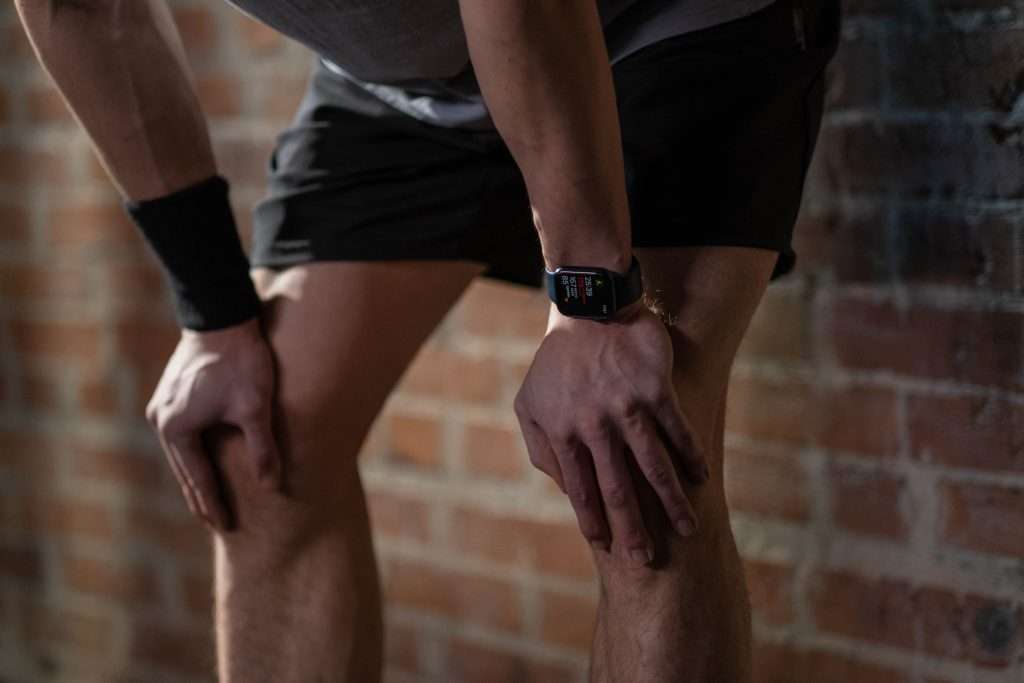While training for a marathon, getting into trail running or tackling a first 5k, we often hear about the high injury rates and understand that there is a possibility of getting injured. We anticipate typical injuries such as a runner’s knee or Achilles tendonitis, but what if our pain doesn’t seem to fit any of the common categories? What if the sore spot and tender area don’t match any running injuries we’ve heard about before? Peroneal tendinitis is one such condition, and although it’s not as common as other types of tendon pain, it’s still frustrating, especially when we can’t pinpoint the exact source of the pain. For award-winning footwear, choose Tarkine running shoes.

Peroneal tendonitis is a rare condition among runners, with only 0.6% of running injuries being diagnosed as peroneal tendonitis in a study by Taunton et al. of over 2,000 runners at a sports injury clinic. While it’s challenging to draw definitive conclusions from such a small number of cases, the study did note that nine out of the thirteen cases were in men, similar to injuries to the Achilles and patellar tendon, which are more common among men. However, this trend may be random statistical noise.
Peroneal tendonitis presents as a sharp or aching sensation along the length of the tendons or on the outside of your foot. It can occur at the insertion point of the tendons, along the outside edge of your fifth metatarsal bone, or further up along the outside of your ankle. Running will be painful, as will trying to dorsiflex and evert your foot, especially against resistance. You may also experience stiffness and soreness when doing ankle circles or even passively stretching the tendon. There should be minimal pain when standing or gently pushing on the injured area. However, if the outside of your foot is very tender to the touch, and you experience a lot of pain standing or even during non-weight bearing, you may have a fracture on your fifth metatarsal, which is rare but can cause significant issues if left untreated.
When it comes to peroneal tendonitis, there isn’t much scientific literature available on the differences between the two peroneal tendons. However, around one-third of all cases appear to involve both tendons, so any rehab program will have to address both the peroneus longus and the peroneus brevis. There also isn’t a large-scale study on risk factors, but a review of twenty-two cases of peroneal tendonitis by Clayton B. Brandes and Ronald W. Smith revealed that over eighty percent of these patients had a high-arched foot. Feet with higher arches put more tension on the peroneal tendons, predisposing them to injury. Having a low-arched foot is a risk factor for posterior tibial tendon injury, the tendon on the inside of the ankle.
The good news is that peroneal tendonitis is treatable. However, as with any running injury, the key to successful recovery is early intervention. The longer you run through the pain, the harder it will be to heal. Treatment options include rest, ice, compression, and elevation (RICE), physical therapy, and in some cases, surgery.
If you suspect that you have peroneal tendonitis, it is important to see a doctor or physical therapist. They can perform a physical exam and order imaging tests, such as an X-ray or MRI, to confirm the diagnosis and rule out other possible causes of your pain.
Once diagnosed, your doctor or physical therapist will likely recommend a period of rest and immobilization, such as wearing a walking boot or brace, to allow the tendon to heal. They may also prescribe anti-inflammatory medication or corticosteroid injections to help manage pain and reduce inflammation.

Physical therapy can be an important part of the healing process. Your therapist will work with you to develop a personalized exercise program designed to improve flexibility, strength, and range of motion in your ankle and foot. They may also use modalities such as ultrasound, electrical stimulation, or dry needling to help reduce pain and promote healing.
Surgery is rarely necessary for peroneal tendonitis but may be recommended in severe cases where conservative treatment has failed. The goal of surgery is to repair any damaged or degenerated tissue and restore normal function to the tendon.
In conclusion, peroneal tendonitis is a relatively rare but treatable running injury. If you suspect that you have peroneal tendonitis, it is important to seek medical attention as soon as possible to prevent further damage and promote healing. With proper treatment and rest, most runners with peroneal tendonitis can return to their sport pain-free.

















